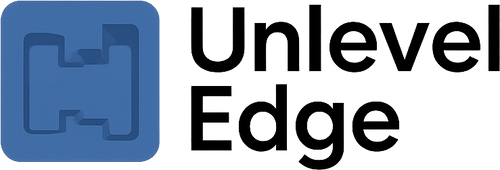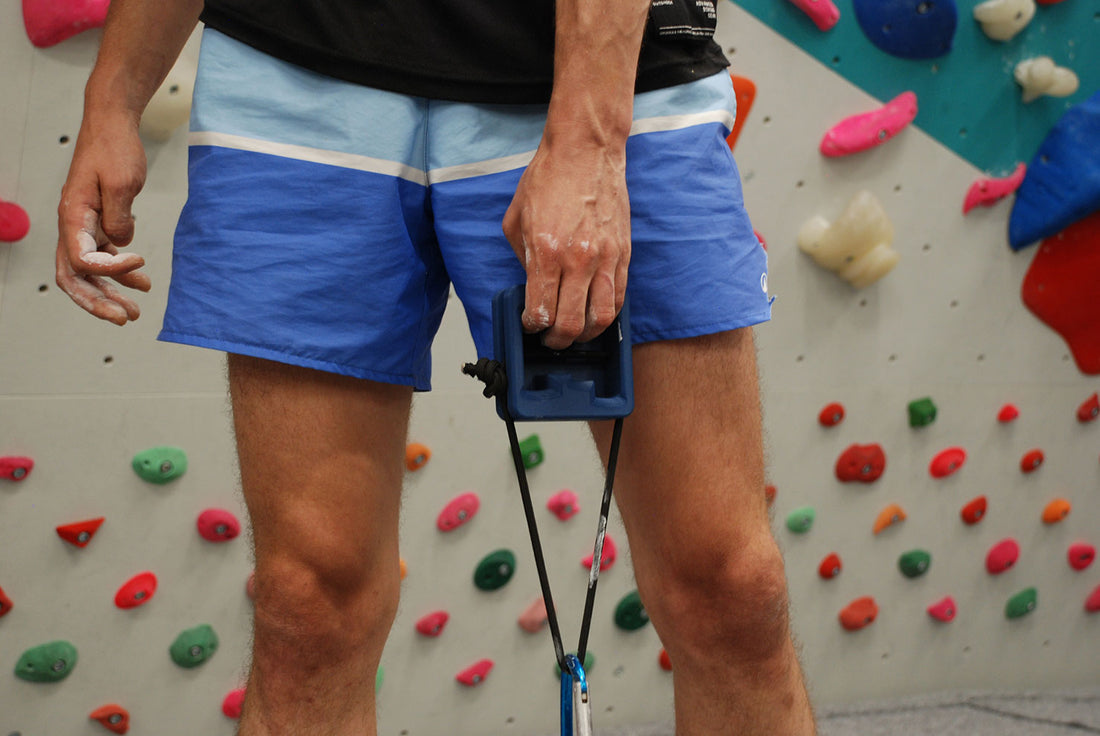If you’re passionate about bouldering and want to take your climbing sessions to the next level, the MoonBoard is a true game-changer. It’s designed for climbers seeking a consistent, interactive, and high-quality training experience. By combining a meticulously engineered setup with LED technology and an expansive online app, the MoonBoard provides access to thousands of climbing problems at your fingertips.
Whether you have the full-size MoonBoard or the compact Mini MoonBoard, this system allows you to challenge yourself with benchmark routes, set personal goals, and connect with a global climbing community, all from the comfort of your home or gym.
The MoonBoard’s standout feature is its precise design. With pre-drilled birch plywood panels and thoughtfully spaced holds, the layout ensures consistency. This means the climbs you tackle match those logged by climbers worldwide, letting you test your progression effectively.
Adjustable board angles—from 25° to 40°—let you tailor the difficulty to target specific skills. Integrated LED lights highlight holds, while the user-friendly app simplifies problem selection and tracking, delivering focused training sessions every time.
Setting up your MoonBoard is straightforward, whether you’re purchasing pre-made components or going the DIY route. Just ensure you follow the official specifications to maintain authenticity. Options like the Mini MoonBoard make setup even more accessible, without compromising quality.
From compact walls to full freestanding setups, the MoonBoard system is built to support your climbing progression and skill development throughout your journey.
What makes the MoonBoard unique
The MoonBoard stands apart from other climbing training walls due to its fixed hold layouts and strictly defined rules regarding hand and foot placement. Each hold is positioned in a precise, pre-drilled location on durable birch plywood panels, ensuring that the layout remains identical across all MoonBoards worldwide.
This means that when you climb a problem on your MoonBoard at home or in a gym, you are experiencing the exact same setup, holds, and hold angles as climbers everywhere else. This level of standardisation enables remarkable comparability and progression, no matter the location.
Adding to this consistency are the global benchmarks, select problems recognized for their difficulty and quality. These benchmarks act as reliable performance markers, allowing climbers to test themselves, track progress, and aim for improvement over time.
Because everyone climbs the same problems under the same rules, your progress becomes directly comparable with a vast international community of MoonBoard users. This shared experience creates a sense of unity and competition within the climbing world.
The strict rules extend to how hands and feet are used on the wall. After the start, climbers must place both hands and feet only on the holds illuminated by the LEDs. This consistent restriction, often summarized as "feet follow hands", introduces a focused challenge that sharpens technique and body control. Additionally, the ability to choose between two main angle options, typically 25° or 40°, allows climbers to adjust the difficulty and target specific training goals. The shallower 25° angle emphasizes endurance and technique, while the steeper 40° overhang focuses on power and intensity.
This rigorous setup combining precise hold positioning, strict climbing rules, defined problem benchmarks, and versatile angle options creates an engaging training environment. It also fosters a truly global climbing community connected through the shared MoonBoard experience. Whether you're training at home with a Mini MoonBoard or using a full-size setup with LED lighting, you benefit from an authentic, high-quality system designed to push your limits and benchmark your progress against climbers worldwide.
Angles & configurations (choose your setup)
When setting up your MoonBoard, one of the most important decisions is choosing the board angle, as this significantly influences the style and difficulty of your climbing sessions. The two most common angles are 25° and 40°, each offering distinct benefits. The 25° angle is shallower, favoring climbers who want to focus on footwork, balance, and climbing efficiency.
This angle allows you to develop technical skills and movement precision with less emphasis on sheer power.
In contrast, the 40° angle is far steeper, demanding greater upper body strength, finger power, and explosive moves. This configuration is designed to challenge your power and anaerobic capacity, simulating the intensity of overhanging outdoor boulders. Many climbers use the 40° MoonBoard to build strength and power endurance, while the 25° serves as an excellent option for warming up or refining technique.
When choosing your setup, consider practical factors such as your available space and facility constraints, since steeper boards often require more ceiling height and clearance. Additionally, compatibility with specific hold sets can depend on the angle; some hold sets and layouts may be optimized for one angle over the other, so it’s important to select holds and layouts that match your chosen configuration for an authentic MoonBoard experience.
Ultimately, the choice between 25° and 40° depends on your training goals and environment. Some climbers even incorporate both angles into their regimen, using the 25° setup to focus on technique and movement fluency, and the 40° for power and intensity. Side profile views of the board setup clearly illustrate the differences in angle and body positioning, helping you visualize how each configuration will affect your climbing style.
Hold sets & layout consistency
One of the defining features of the MoonBoard is that its problems rely heavily on the exact hold sets and their orientation. Each climbing problem is designed for a specific version of the hold arrangement, including precisely how each hold is rotated on the board. This means that before you begin training, it’s essential to match your MoonBoard setup to the current official layout used by the MoonClimbing community.
Doing so ensures your climbs correspond exactly to those on the app, allowing you to train effectively and compare your performance against global benchmarks with confidence.
Since there are multiple setups and evolving versions such as the 2016, 2017, 2019, 2020 Mini MoonBoard, and the latest 2024/2025 editions each featuring different hold sets and layouts, maintaining layout consistency is key. When you log your sessions in the app, it is highly advisable to note the specific hold set and layout version you used.
This helps track progress accurately and clarifies which problems you are attempting, especially if you switch between configurations or practice on different boards.
A close-up view of the labeled holds reveals how each is carefully positioned and marked with directional arrows to guide correct orientation. This contributes directly to the problem’s intended difficulty and style. Incorrectly rotated holds or deviation from the official hold set can dramatically alter the challenge, so attention to detail during setup or DIY installation is critical to preserving the MoonBoard’s reliability as a consistent training tool.
App basics: filters, benchmarks, logging
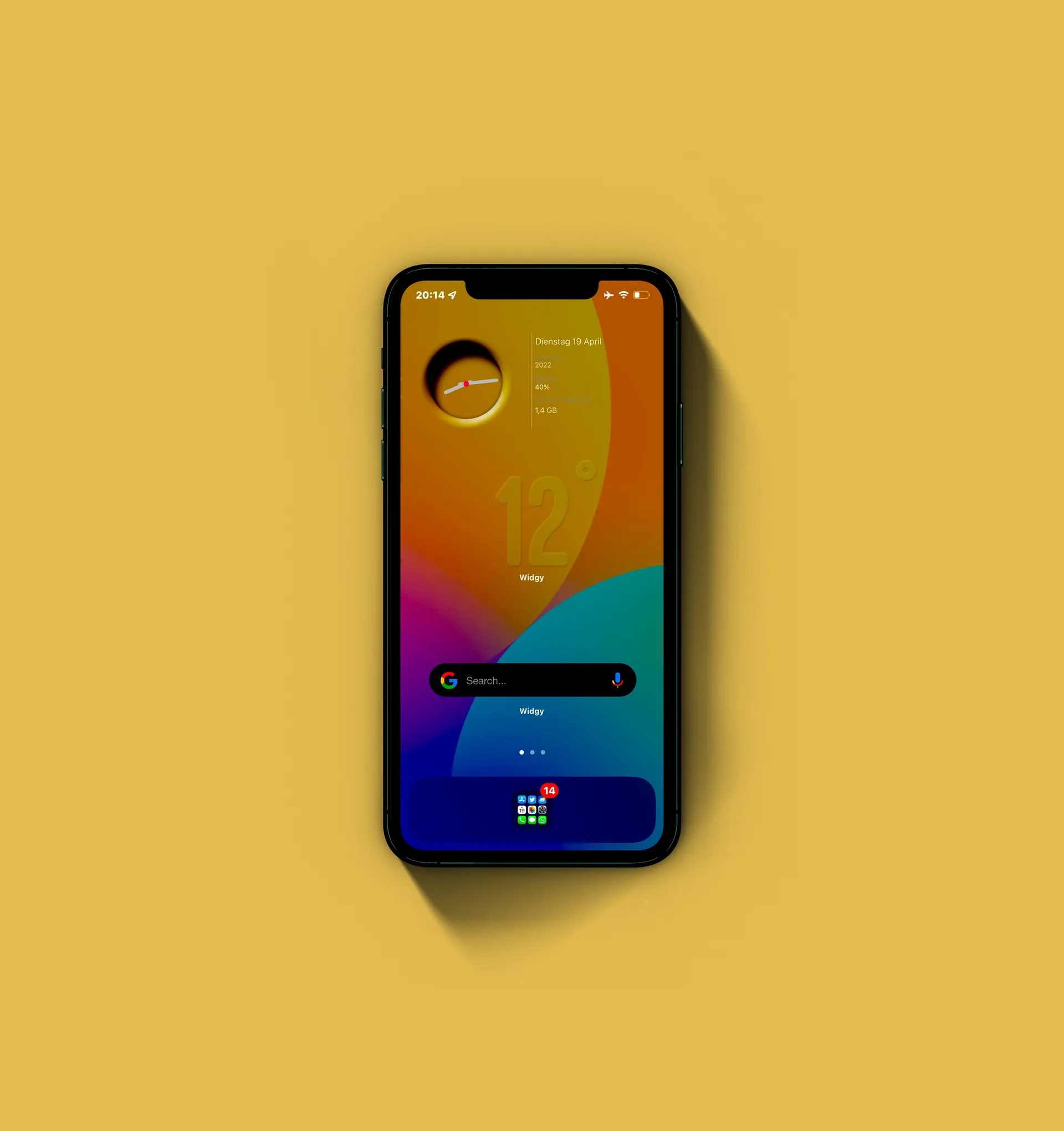
The MoonBoard app is an essential companion for your climbing setup, designed to help you navigate through thousands of problems tailored to your board’s hold set and angle. One of its standout features is the ability to filter problems based on angle, grade, and hold set. This allows you to find climbs that perfectly match your current training goals. For instance, you can choose problems set exclusively on a 40° board or filter by difficulty level to steadily improve your skills.
Another highlight of the app is its curated benchmark problems. These benchmarks are carefully selected by MoonBoard moderators as noteworthy challenges within each grade. You can easily star or favorite these benchmarks for quick access during your training sessions. Use them as reliable performance goals or as a way to measure your progress over time.
What makes benchmarks particularly valuable is their consistency worldwide, providing a dependable reference point for climbers everywhere to assess improvement.
In addition, the app offers a robust logging feature, enabling you to track your attempts and successful sends on problems. This is essential for maximizing training efficiency. By logging how many tries you've taken and whether you've completed a problem, you gain insights into your progress over time. To ensure quality sessions and avoid "junk volume," it’s wise to limit the number of attempts per problem. This approach promotes focused and productive climbing rather than aimless repetition.
With its intuitive interface, comprehensive filter options, and session logging capabilities, the MoonBoard app becomes an indispensable tool for planning your workouts. It keeps your motivation high and ensures that every session on your MoonBoard or Mini MoonBoard is purposeful and targeted.
Session types (quality over quantity)
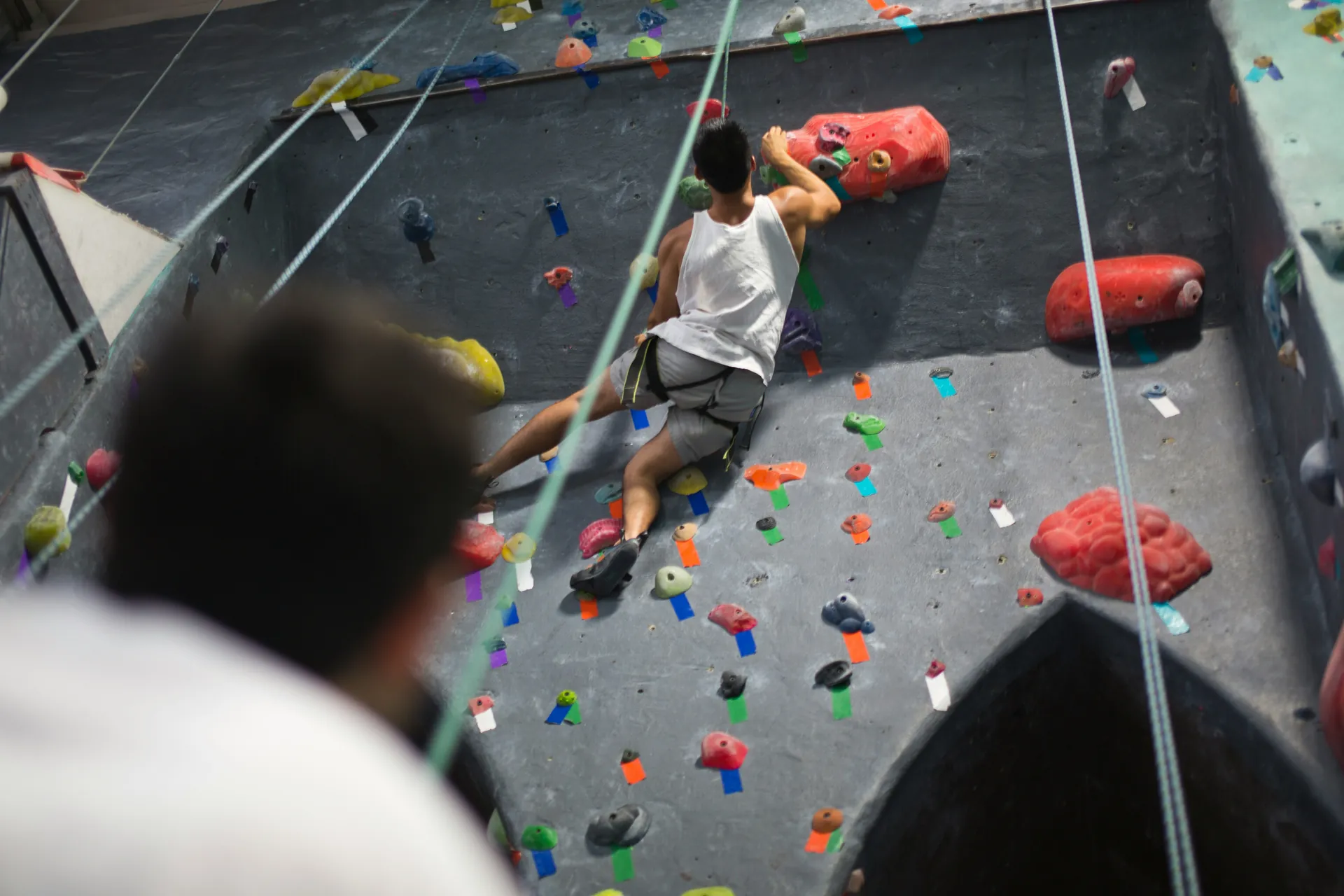
To get the most out of your MoonBoard climbing, it’s important to focus on one clear objective per session. Whether your goal is strength, endurance, or technique, keeping your training specific helps maintain high-quality efforts. During your workouts, incorporate long rest periods between attempts this allows your muscles to recover and ensures you can give maximum effort on each try.
It’s important to stop a session once your timing or footwork starts to degrade, as pushing beyond that leads to inefficient movement and increases the risk of injury. Using a subjective scale like the Rate of Perceived Exertion (RPE) can help you monitor intensity and keep the quality of your climbing high rather than focusing on sheer quantity of tries.
Limit bouldering (power)
For power-focused sessions, choose 2–3 near-maximal problems that challenge your current limits. Aim for 3–5 high-quality attempts on each, ensuring you maintain precise foot placements and strong, controlled body tension throughout each move. Rest intervals should be generous, typically 2 to 4 minutes or more to fully recover between efforts.
This approach helps build explosive strength and refines your technique on difficult sequences without sacrificing form.
Benchmark maintenance
Regularly revisiting a set of 3–6 chosen benchmark problems at your preferred angle every 1–2 weeks helps you track progress objectively. Logging attempts-to-send ratios alongside notes on your rest quality offers valuable feedback to guide your training adjustments. These sessions ensure that your foundational skills and power do not wane over time while giving you clear indicators of improvement.
Density blocks (power-endurance)
Another effective session type is density blocks, which focus on power-endurance. Here, you perform timed sequences of moderate problems or repeated laps on the MoonBoard for periods of 30 to 60 seconds. The goal is to progressively increase the duration of climbing (time on) or the number of climbs completed (density) while preserving clean form and efficient movement.
These sessions help develop sustained strength under fatigue, an essential skill for both indoor and outdoor bouldering.
Warm-up & safety (mandatory)
Before you start climbing on your MoonBoard, a well-structured warm-up is absolutely essential. Dedicate about 8 to 12 minutes to gradually prepare your body and mind for the rigors ahead. Begin by raising your pulse and improving mobility through light cardiovascular exercises or dynamic stretches.
Next, transition into easy movement on your board using the biggest holds available. This allows your muscles and tendons to adapt without unnecessary strain.
Once loosened up, perform some sub-maximal practice moves on larger holds. Focus primarily on open and half-crimp grips to minimize finger stress. This method progressively warms your fingers while reinforcing proper footwork and body positioning.
Pay close attention during this phase if you feel any sharp finger pain, stop immediately to prevent injury.
Following this sequence ensures you safely build up to more demanding problems and maintain high-quality climbing throughout your session. Consistently warming up with this thorough progression not only reduces the risk of injury but also enhances your performance and mental focus on the MoonBoard.
Optional warm-up tool portable hangboard (Unlevel Edge)

The Unlevel Edge is a custom-designed, portable hangboard created to enhance finger strength training while minimizing the risk of injury. Unlike traditional flat-edge hangboards, this innovative tool features a graduated contact profile that accommodates natural differences in finger lengths. This design ensures more even loading across all fingers.
By distributing the load evenly, the Unlevel Edge helps activate muscles more effectively, making it an excellent choice for both performance improvement and injury prevention or rehabilitation.
This versatile hangboard can be quickly set up in a doorway or mounted on a rack, enabling climbers to warm up or train virtually anywhere. It supports common max-hang protocols, such as 7 seconds on and 3 seconds off, making it perfect for structured strength training and gradual progression.
The compact and ergonomic shape ensures both comfort and consistency, making it a reliable companion for your MoonBoard sessions. Its portability and thoughtful design provide climbers with a convenient way to integrate finger-specific loading into their routines.
With the Unlevel Edge, you can take your climbing warm-up to the next level, complementing your MoonBoard setup by focusing on controlled, customizable finger training.
Weekly structure by level (non-consecutive hard days)
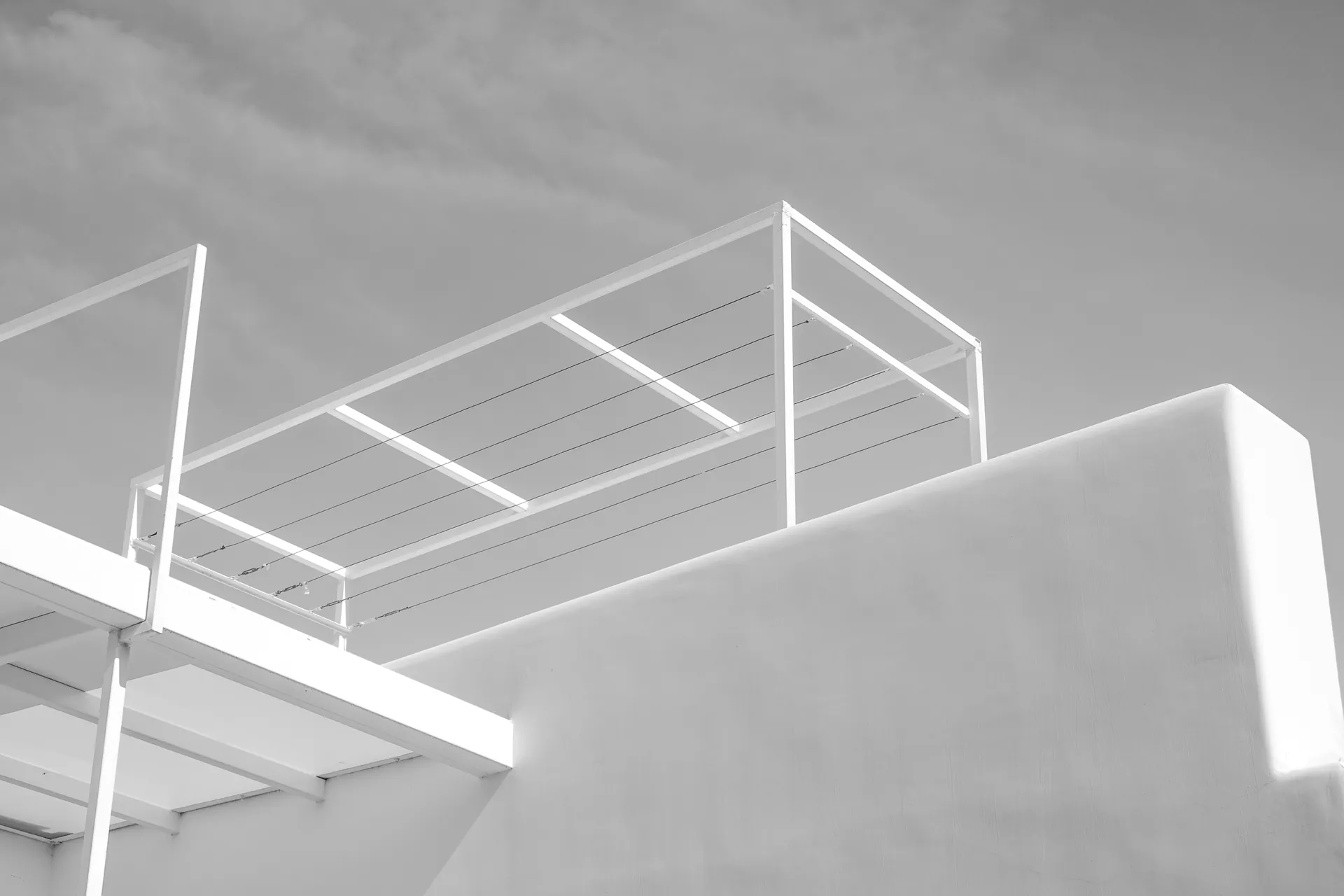
When designing your weekly MoonBoard training plan, it’s essential to focus on guidance rather than rigid schedules. Hard finger and board-specific sessions should be spaced out with sufficient rest to optimize recovery and minimize injury risk.
Moreover, adjust your routine based on how your skin and tendons handle the workload, prioritizing quality over quantity.
Beginner to board use
If you’re new to the MoonBoard, start with 1–2 sessions per week, using the shallower 25° angle to focus on technique and movement efficiency. Occasionally, try limit attempts to challenge yourself within your capacity, but ensure you maintain strict rest intervals to allow proper recovery. This strategy helps you build a solid foundation without overloading your fingers or tendons.
Intermediate
Intermediate climbers can increase to 2–3 sessions per week. A balanced plan might include one limit power session, one density or power-endurance session, and one mixed or skills-focused day. Always allow at least 48–72 hours between hard finger sessions to support tendon health and maintain performance.
By planning your week with adequate spacing, you can avoid overtraining and ensure steady progress.
Advanced
Advanced climbers typically benefit from 3-4 sessions per week. These sessions often include structured limit bouldering cycles, dedicated density blocks, and benchmark maintenance days. After 4 to 6 weeks of intense training, incorporate a deload week to allow your body to recover and adapt. This approach ensures sustained performance gains while reducing the risk of injury.
Progression & Testing
To effectively track your improvement on the MoonBoard, it’s important to re-test your chosen benchmark problems every 2 to 3 weeks. This regular testing offers clear insights into your climbing development, highlighting both your strengths and areas that may need more attention.
As you progress, focus on adjusting only one variable at a time whether that’s extending the time you spend climbing, increasing the density of problems tackled in a session, or advancing in intensity or grade. This deliberate and controlled approach helps you pinpoint what drives your improvements while minimizing the risk of overtraining.
Make it a habit to log key metrics during each session, such as the number of attempts, the time it takes to send a problem, and your perceived effort or difficulty. Leveraging this data, along with the MoonBoard app’s built-in logging tools, allows you to objectively measure your progression and refine your training plan for maximum effectiveness.
Common mistakes & quick fixes
Many climbers new to the MoonBoard fall into predictable traps that can slow progress or even cause injury. One of the most common is doing too much volume climbing excessively without allowing enough time for rest and recovery.
To avoid this, make sure to cap your attempts per problem and prioritize quality over quantity. Another frequent mistake is rushing to climb higher grades without first building a strong foundation. Instead, focus on creating a benchmark ladder by progressing gradually through grades step-by-step. This approach ensures sustainable and steady improvement.
Poor footwork is another common issue that can undermine efficiency and increase fatigue. A practical way to improve your foot placement is by practicing the quiet-feet drill. During this drill, intentionally place your feet softly and precisely, aiming to reduce noise and unnecessary movement. This will help you climb more efficiently.
Inadequate rest between attempts or sessions is another factor that can lead to overtraining and potential injury. To counter this, use a timer to enforce structured rest breaks. This simple habit can make a significant difference in your recovery and overall performance.
Lastly, neglecting your MoonBoard’s angle and hold set configuration can result in confusion and inconsistent training outcomes. Make it a habit to log your configuration before each session. This ensures you're climbing the correct problems for your setup and allows you to track your progress accurately over time.
Skin, Tendons & Recovery
Taking care of your skin and tendons is vital for consistent, injury-free progress on the MoonBoard. To manage your skin health effectively, regularly file or sand down rough spots and flakes to prevent painful splits and flappers. Hydrating your skin with a wax-free moisturizer or specialized climbing balms before and after sessions keeps it pliable, reducing the risk of cracks and tears.
Avoid excessive use of full crimp grips at high volume, as these place extreme stress on finger tendons and increase injury risk. Instead, favor open or half-crimp holds during warm-up and moderate sessions.
Adequate rest between intense climbing days is equally important; typically, allow 48–72 hours between hard finger sessions to promote tendon recovery. Incorporate antagonist muscle training and shoulder care exercises regularly to maintain balanced strength and reduce injury risks from repetitive pulling motions.
By respecting your skin’s limits and allowing proper recovery time, you can train smarter and climb longer with fewer setbacks.
Troubleshooting setup issues
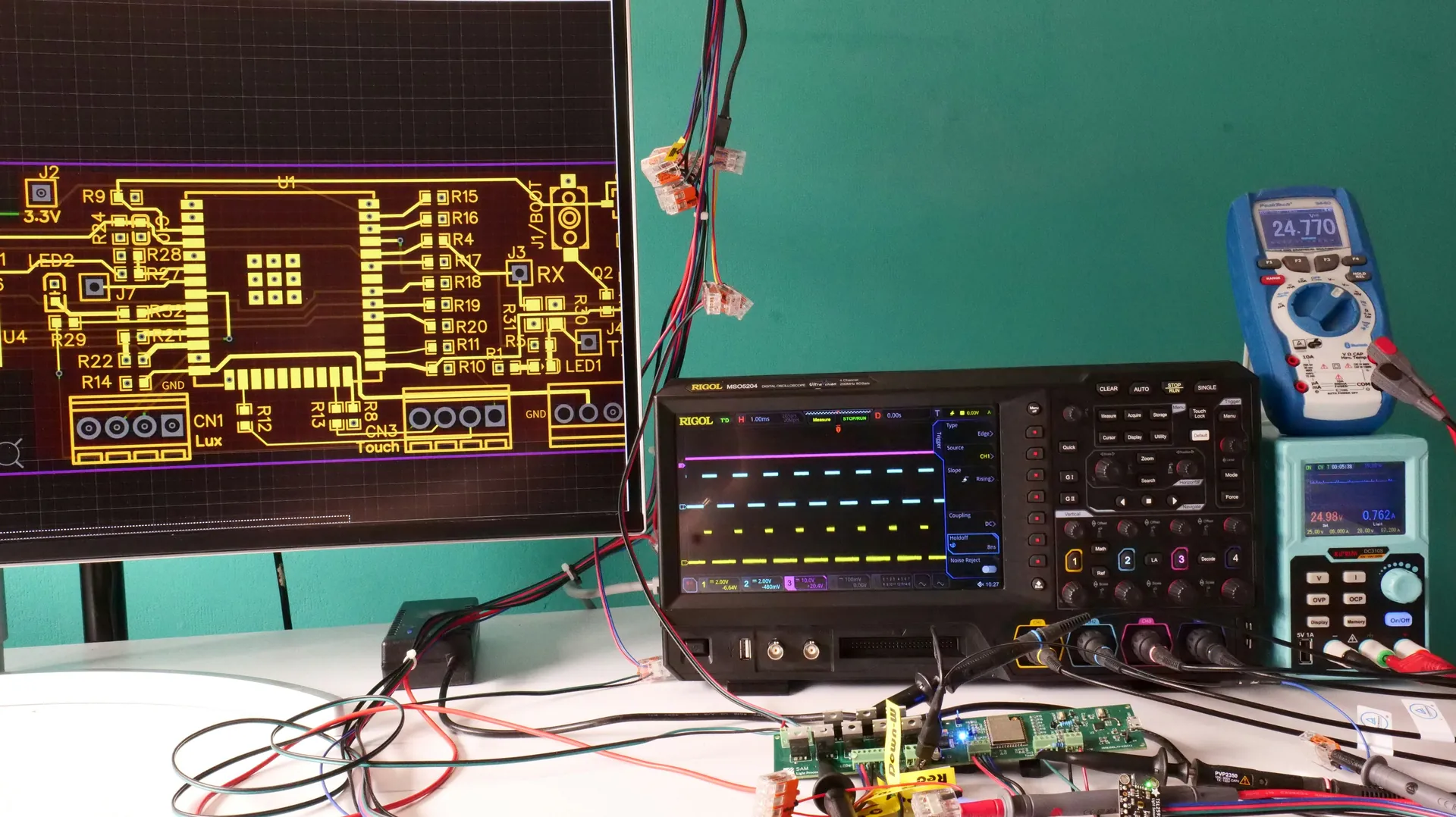
If your MoonBoard is experiencing issues, addressing them promptly ensures a smooth and enjoyable climbing experience. If the board is not level, small adjustments or shims under the base or support structures can help achieve perfect alignment. This prevents unwanted sway and ensures the consistent positioning of holds.
When you notice that holds are misoriented, double-check against the official layout instructions and re-seat each hold carefully. Holds on the MoonBoard are designed to face specific directions with arrow indicators. Aligning these correctly according to the layout ensures the problems retain their intended difficulty and movement quality.
LEDs misaligned or not lighting correctly can hinder your ability to follow routes. Verify that the LED strings are installed in the proper order and securely connected to the MoonBoard control box, following the official installation guides. Confirm wiring connections and ensure the control box is mounted correctly to reduce faults in illumination or mapping.
If you experience excessive swing on start holds, the issue often lies in body tension or beta choice. Experiment with alternative body positions or gripping techniques to stabilize yourself. Additionally, work on improving core tension to reduce movement sway, which enables stronger, more controlled starts.
Conclusion
The MoonBoard is a highly effective training tool that provides consistent, benchmarked climbing challenges adaptable to all skill levels. With its fixed hold layouts and an intuitive interactive app, it allows you to easily track your progress while connecting with a vibrant global climbing community.
Keep in mind the importance of prioritizing quality over quantity in your training sessions. Always warm up properly, take care of your skin and tendons, and structure your weekly training with sufficient rest. Focus on steady progression by testing benchmarks in a methodical way. With a thoughtful setup and dedicated effort, the MoonBoard can be a game-changer for improving your strength, technique, and overall climbing fitness.
Don’t wait! Start your journey today and unlock meaningful improvements in your climbing performance!
FAQ
What are the recommended MoonBoard angles and how do they impact training sessions?
The recommended MoonBoard angles are primarily 25 degrees and 40 degrees. The 25-degree board is less steep, beginner-friendly, and suitable for developing technique and moderate power, replicating lower-angle outdoor climbs. The 40-degree board is steeper, favors more powerful, dynamic moves, and is ideal for advanced training.
Angle choice impacts training specificity: steeper angles build power and finger strength, while lower angles improve control and technique. Some climbers prefer intermediate angles (around 30 degrees) to better mimic outdoor climbing styles. The fixed angles facilitate standardized problems and global comparison of progress.
How can I set up my MoonBoard holds to match official benchmark routes?
To set up your MoonBoard holds to match official benchmark routes, first select and install the desired MoonBoard setup version (2016, 2017, 2019, 2024, or 2025) and angle (25° or 40°) on your board. Then, use the free MoonBoard app to choose the corresponding setup, which provides precise hold positions and orientations.
The app includes official benchmark problems curated by MoonBoard moderators, allowing you to configure holds exactly as in those routes for accurate benchmarking.
What are common benchmarks on the MoonBoard to track climbing progress?
Common MoonBoard benchmarks used to track climbing progress span from 6A+ (V3) to 8B+ (V14), serving as standardized problems to test strength and technique. Climbers use these to identify their limit boulders and focus on power gains through repeated attempts on these preset problems.
Progress is tracked by improving grades cleared on these benchmarks and refining moves within the MoonBoard app’s extensive database.
What constitutes a high-quality MoonBoard session and how long should it last?
A high-quality MoonBoard session focuses on maintaining strong technique, body tension, and precise footwork rather than just muscle power. Climbers should work on dynamic, powerful moves while refining movement and hip positioning. Sessions typically last 60 to 90 minutes, emphasizing quality over quantity and stopping before failure to avoid overtraining.
